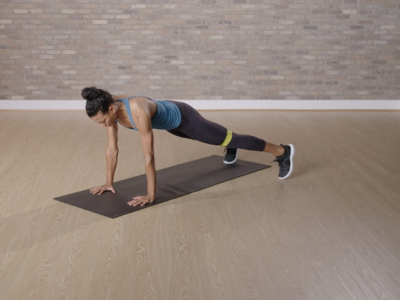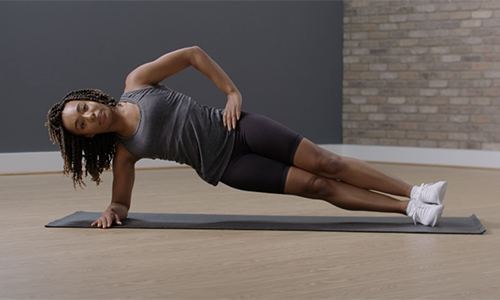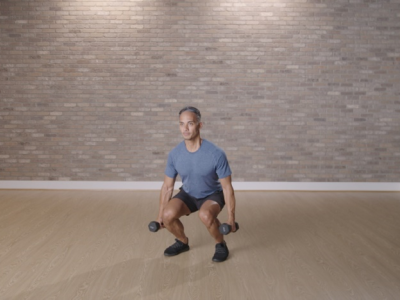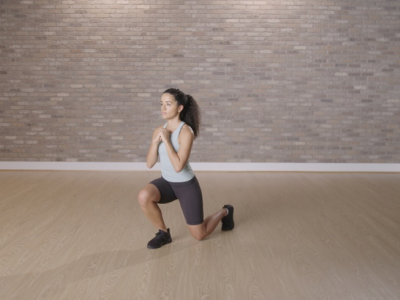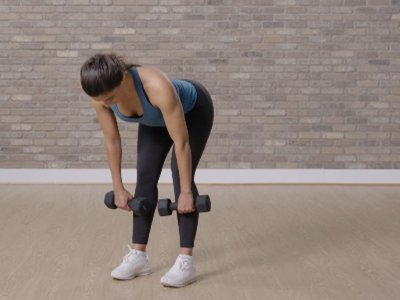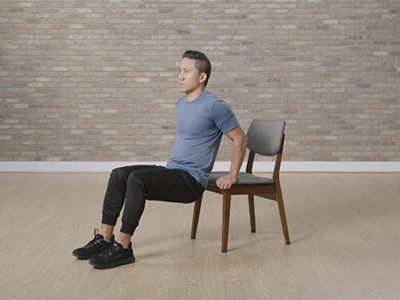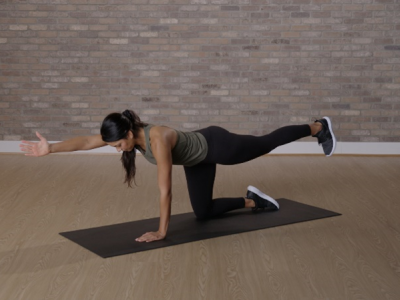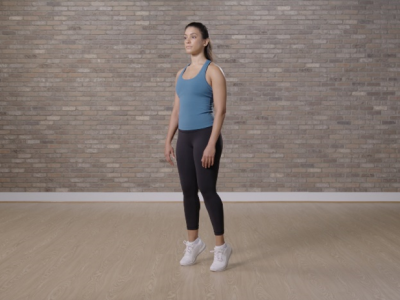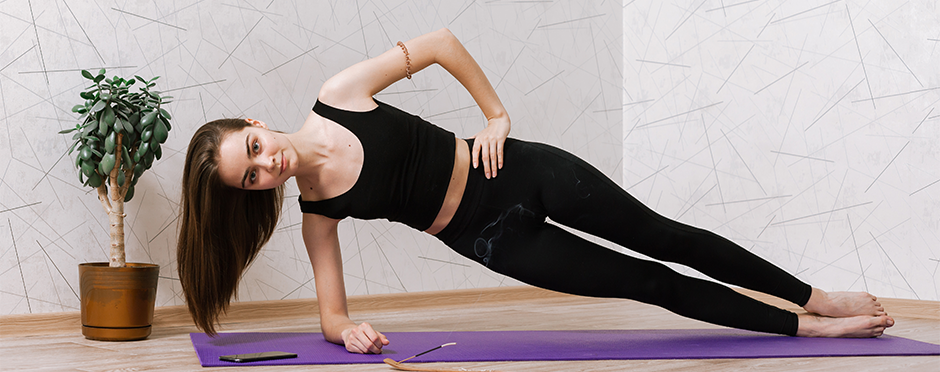
8 Time-Efficient Exercises for the Busy Endurance Athlete
Leave a CommentStrength training benefits endurance athletes by enhancing movement economy, correcting imbalances, reducing injury risk, building bone density, and boosting power output. It’s not about bulking up but rather building strength in essential muscle groups to help your body sustain workouts over longer durations.
Despite its benefits, strength training is often overlooked when training volumes increase, and athletes feel the time crunch of longer or multiple sessions.
Strength training can take many forms: weightlifting, plyometrics, core exercises, single-leg exercises, multi-joint exercises, and bodyweight exercises. This blog focuses on bodyweight exercises, which can be done at home or on the go with minimal to no equipment. Their simplicity makes them easy to incorporate into a busy training schedule.
Endurance athletes should aim for 2–3 strength sessions per week, focusing on 2–4 sets of 10–15 repetitions per exercise. Higher repetitions, shorter rest periods, and using light weights or bodyweight are ideal starting points. Always include a proper warm-up and cool-down.
1. Plank
Start by lying on the floor with your forearms directly beneath your shoulders and elbows at a 90-degree angle. Stretch your legs behind you and support your body weight by lifting your stomach and balancing between your forearms and toes. Hold for 30 seconds, gradually progress to 2 minutes.
2. Side Plank
Lie on your side with your body fully extended. Lift your body off the ground and balance your weight between your forearm and the side of your foot. Keep your body in a straight line and hold for 30 seconds. Change sides and repeat.
3. Weighted Squats
Stand tall with your feet hip distance apart. Bend your knees and extend your buttocks backward as if you are going to sit back into a chair. Keep your knees behind your toes and your weight on your heels. Rise to stand and repeat. Hold hand weights for added challenge.
4. Split Squats
Start in a split-leg position, with one leg forward and one leg back. Flex your knees and lower your hips until the back knee is just above the floor. Stand back up and return to the starting position. Repeat, then switch legs.
5. RDLs (Romanian Deadlift)
Stand with feet hip-width apart and balancing on your left leg. Engage your core and hinge your hips forward, extending your right leg behind you. Hinge forward and continue lowering until your torso is parallel to the ground or you feel a pull in your glutes and hamstrings. Now reverse the movement to return to the standing position. Repeat before switching legs.
6. Dips on the Bench
Sitting on a bench, grip the edge with fingertips pointing forward and arms shoulder-width apart. Extend your legs fully in front of you and lift your buttocks off the bench. Slowly lower your body by bending your elbows. Lower your body towards the floor and stop once your upper arms are parallel to the floor and your butt is a few inches off the ground. Then push yourself back to the starting position. Repeat.
7. Bird Dogs
Start on all fours, with your hands directly under your shoulders and knees under your hips. Slowly extend one arm and the opposite leg while engaging core and maintaining a level spine position. Pause for 3 to 5 seconds, then return to the starting position and switch to the other side.
Continue alternating sides for 15 times. For added challenge, hold small hand weights.
8. Calf Raises
Standing with your feet shoulder-width apart. Shift your weight onto your toes and lift your heels by squeezing your calves. Pause for a few seconds. Slowly lower to the starting position, allowing your heels to contact the floor. Repeat. For added challenge, perform raises one leg at a time.
By incorporating strength training into your routine, you can enhance performance, reduce the risk of injury, and improve overall fitness. If you’re unsure how to get started, consult with one of our endurance physical therapists.
*Per federal guidelines, beneficiaries of plans such as Medicare, Medicaid, Tricare, VHA and other federally funded plans are not eligible for free assessments.
* All exercises create some risk of injury or other adverse events. A physical therapist can personalize your exercise regimen and help mitigate some of these risks. Prior to starting a new exercise regimen consult a physical therapist or other qualified healthcare professional if you have ever experienced heart, circulatory problems, blood pressure, breathing, joint, or movement problems, decreased balance, feelings of dizziness, back pain, prolonged headaches or migraines, diabetes, or asthma, or if you are on prescription medications, recently completed a course of medications, recently had surgery, are pregnant or recently gave birth, or if your healthcare provider has advised against these types of exercise.
References:
1.Hughes et al. www.perspectivesinmedicine.org, Adaptions to Endurance and Strength Training. 1-17.
2. Prieto-Gonzalez, Sedlacek. Int J. Environ Res Public Health 2022. 1-17. Effects of Running Specific Training, Endurance Training, ad Concurrent Training on Recreations Endurance Athletes Performance and Selected Anthropometric Parameters.
